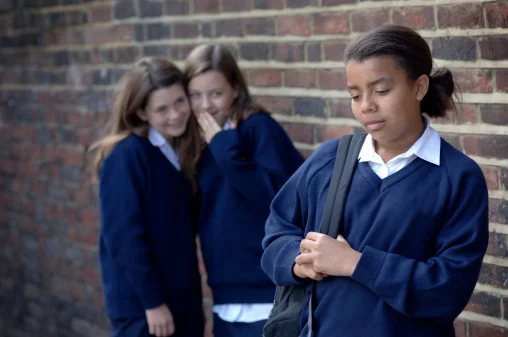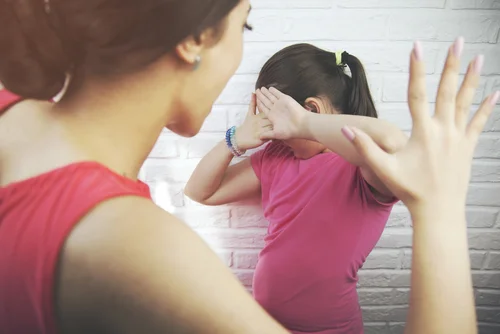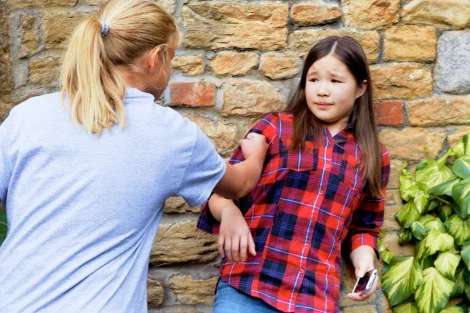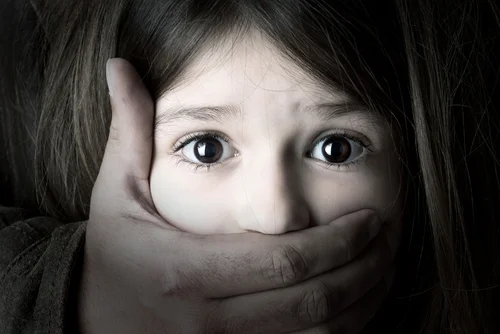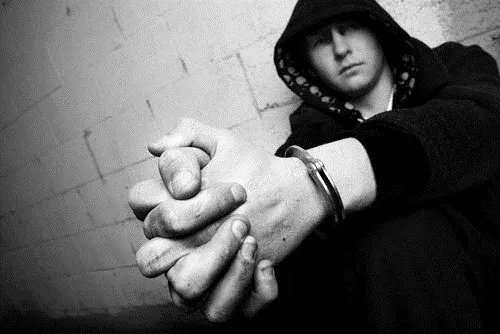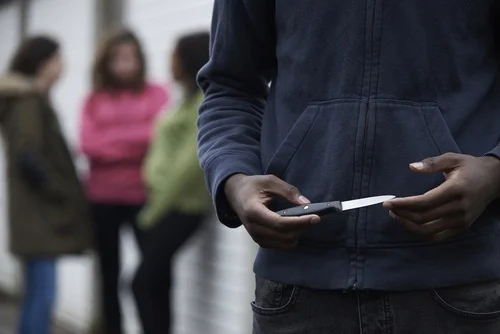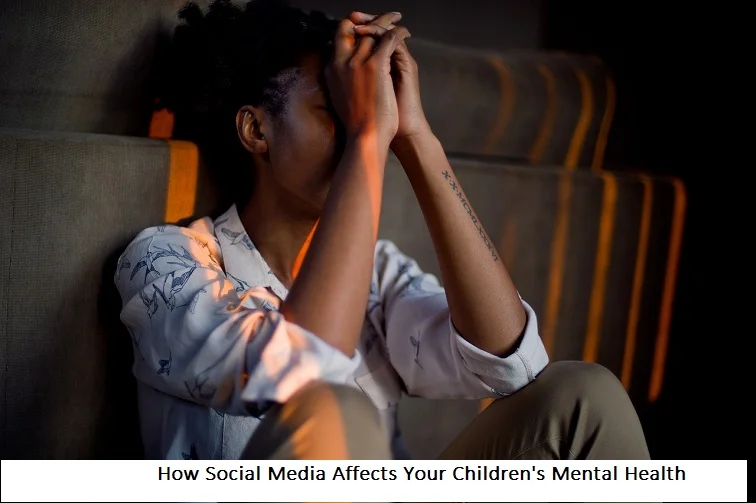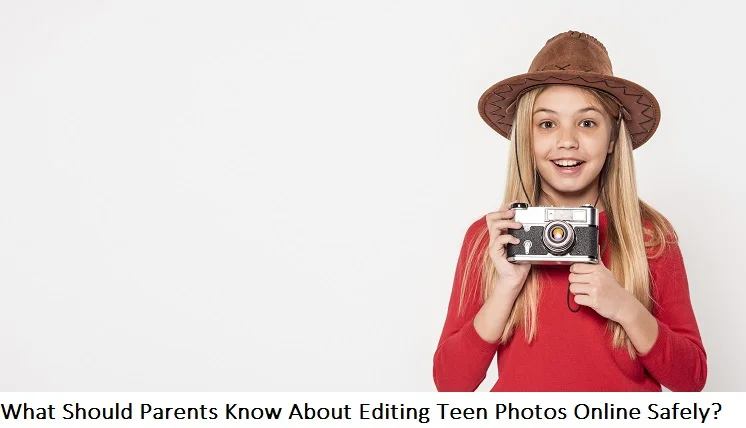+1 845 259 2974 (11 a.m to 7 p.m CST)
Most Common Types of Bullying Your Kids May Be Exposed To

Public schools are not safer anymore because of bullying. Many schools are running campaigns and developing a strict policy against this pandemic to combat it, but bullying prevention is not possible without spreading awareness about it. It is important to know which of the types of bullying your teen is exposed to so that you can understand his condition and help him accordingly.
1. Verbal Bullying
Verbal bullying is a common type of bullying in which the perpetrator uses harsh language, cruel words, name-calling, threatening remarks, and insulting behavior to tease the victim. The target may get criticism on his religion, physical appearance, sexual orientation, disability, ethnic background, or anything else. Research studies indicate that verbal bullying leaves the victim frustrated and depressed. The emotional scars kids get as a result of this type of bullying takes a lot of time to heal.
2. Relational Bullying
Relational bullying, which is also known as social and emotional bullying, refers to the type of bullying in which the teens hurt their peers by cracking insensitive jokes about them, spreading rumors, ignoring them completely, or kicking them out from their social group. Relational bullying is more common among girls who use these tactics to increase their social standing. Unfortunately, this particular type of bullying is relatively difficult to identify for the parents and teachers unless the victims tells them about it themselves.
3. Physical Bullying
Physical bullying is arguably even more dangerous than another forms of bullying as it not only affects the victim mentally, but also physically. In this form of bullying, the perpetrator uses physical actions and bodily gestures to harm the victim. Unfortunately, it is very common in schools and colleges. As this bullying requires physical participation, studies have found that mostly the kids with a strong and powerful body tend to indulge in it. Luckily this type of bullying is relatively easy to detect. If you find unexplained scars and wounds on your kid’s body, then chances are he is a victim of physical bullying. The physical wounds he suffers may heal with time, but it is the emotional disturbance that he may take some time to recover from.
4. Cyberbullying
Cyberbullying is the use of the internet to tease, harass, insult and criticize the victims. Cyberbullies are difficult to identify as they hide behind fake usernames, email ids and social media accounts to harass the victim. Social media is one of the most common platforms used for this form of bullying. Some common examples of cyberbullying include sharing inappropriate images of the victim, leaving harsh comments, publically humiliating the victim, spreading rumors about the victim online, and sending threatening emails and messages. Fortunately, you can control cyberbullying up to a great extent by installing parental control software on all your kid’s devices. There are also free people search engines that can help you identify and report them if required.
5. Sexual Bullying
Sexual bullying, as the name implies, is the type of bullying in which the victim is sexually harassed and abused. Some common examples of sexual bullying include sharing pornographic material, sexual name-calling, and leaving vulgar comments. Research studies indicate that the most common victims of sexual bullying are girls, who are not only targeted by boys, but also by other girls. Sexual bullying is not just limited to name calling, it may result in an uninvited touching and sexual assault.


